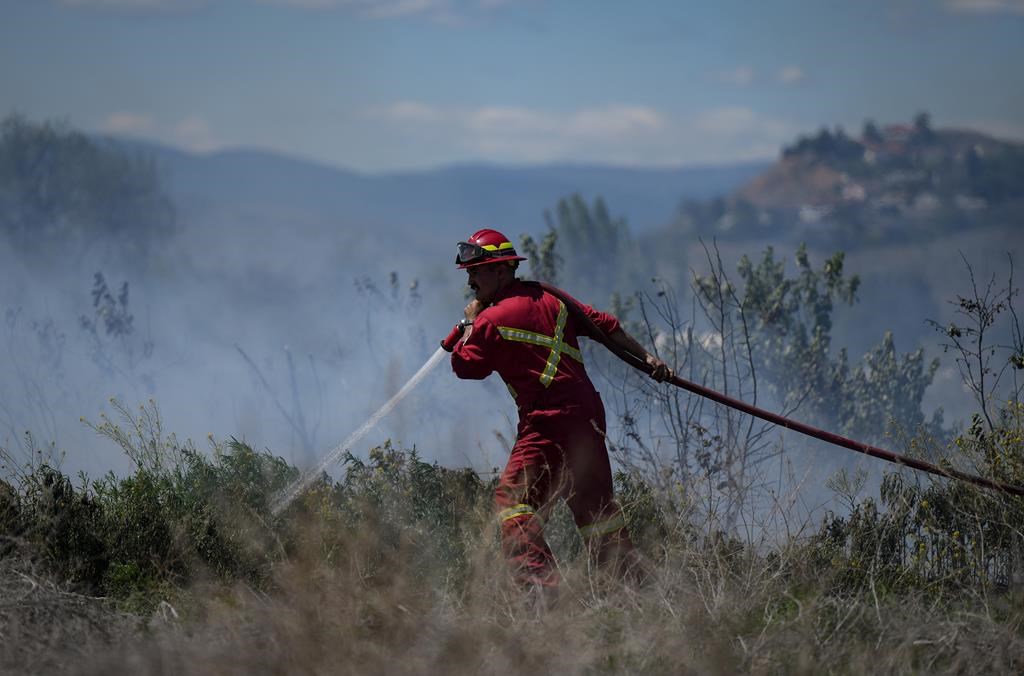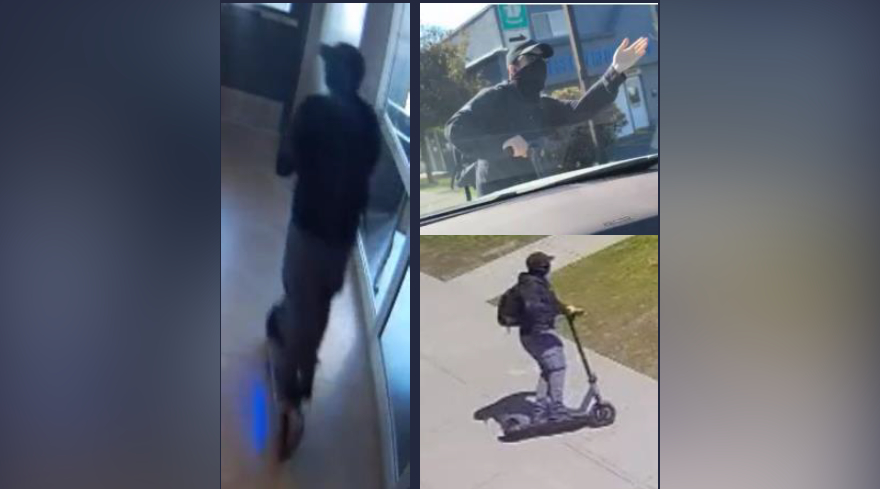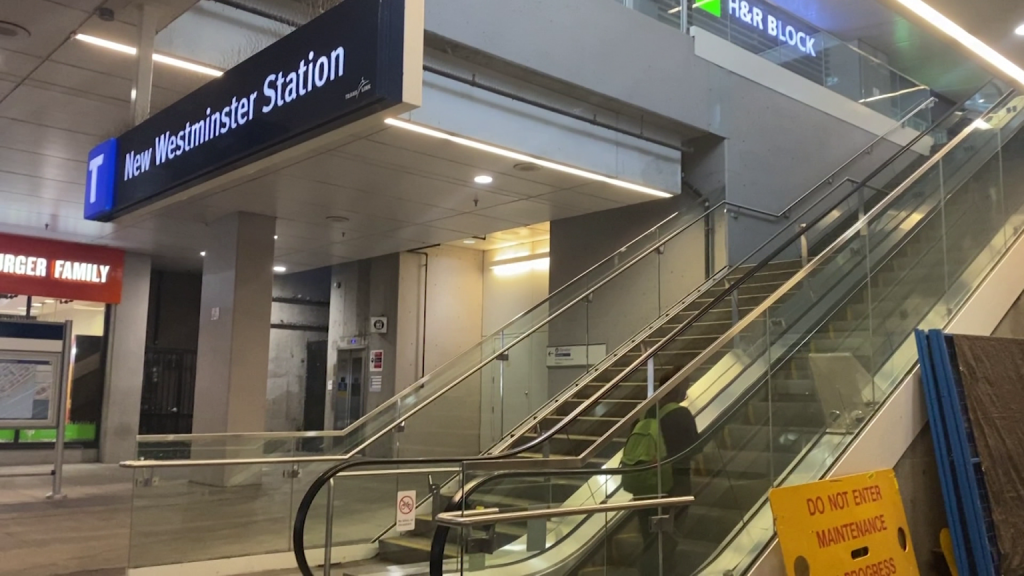Permanent emergency response team promising, if done right: UBC expert

Posted August 24, 2023 6:55 pm.
A provincial permanent emergency response team could be useful in recovering from climate disasters and subsequent ‘knock-on’ effects, a UBC expert says.
In a live interview on Wednesday, Premier David Eby said due to climate change and an increase in climate disasters, a year-round emergency response team will be a necessity for the province moving forward.
“We are going to have to look at a permanent emergency response team, much like how we moved our wildfire service to year-round because the stories I heard were not acceptable,” he told reporters. “When you flee your home, you need support.”
Dwayne Tannant, professor and member of the University of British Columbia’s disaster resilience research network, said a team like this could be crucial for getting people back into their homes faster following an evacuation. He also thinks the proposed team could help prevent ‘knock-on’ effects, such as a landslide or flood made worse by the effects of a wildfire, from becoming as severe.
“Our fire chiefs and others are laser-focused on making things very safe, and so maybe there’s room for a response team to come in to assist that process and speed up people getting back into their homes, plus starting the recovery process,” he said.
Related Articles:
-
Shuswap wildfire zone sees increased police presence amid concerns
-
Is B.C. doing enough to tool-up small communities to fend off wildfires?
-
‘In my blood to fight’: Shuswap, B.C., residents tell why they defy fire evacuation
In Budget 2022, the province outlined setting aside $359 million in new funding for wildfire response to help transform the BC Wildfire Service into a year-round operation. Now, it’s looking to do the same with an emergency response team.
Tannant said in his Kelowna neighborhood, the Canada Task Force 1 was incredibly efficient in assessing the situation and letting people know when they could return home. He’d like to see a similar team implemented, permanently.
Importance of working with First Nations
If the province does make space for this team in its budget, Tannant said it’s crucial that First Nations be consulted and involved the process.
“I think it’s pretty important…. particularly because these are the communities being impacted by the fires and the hazards that come after the fires,” Tannant said.
Tannant added he thinks this team doesn’t need to be a huge strain on the province’s budget. He says there are little things the province could implement at a very low-cost.
“I think there are a lot of low-hanging fruit that could be done at low-cost using existing resources that are within provincial control.”
LiDAR datasets — which detail the surface, structures and vegetation in an area — are a good example of this, Tannant said.
“If I were asked to make an assessment of what watersheds could be impacted by post-wildfire debris flows, I can do that from the comfort of my office at home, as long as I have access to that data at pretty low cost,” he said.
Following an event, Tannant said he thinks a network of people could be tasked with analyzing datasets and helping with prevention efforts of ensuing hazards.
It’s also important this team doesn’t live in one spot, Tannant said.
“I think the permanent team is great, but they should be a permanently distributed team,” he said. “We’re a big province and having people with local knowledge of the terrain and conditions in different parts of the province, as well as the type of hazards that might occur there… is important.”
Unlike Canada Task Force 1, which deploys from Vancouver, Tannant said a permanent team should be knowledgeable of the place they’re operating in, in order to optimize their impact.
Related Video:
-With files from Hana Mae Nassar










